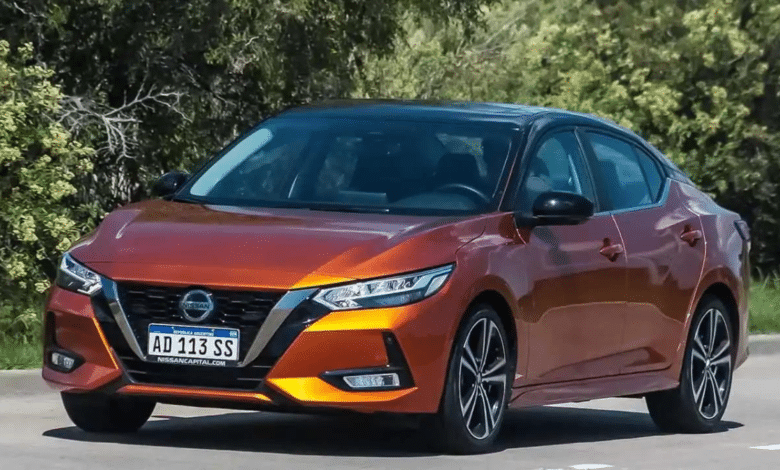
The Nissan Sentra will get a significant facelift after the Altima’s most recent update, although the 2023 model will remain unchanged. The Sentra is a well-known small vehicle brand; it marked its 40th anniversary last year and had its most recent facelift in 2020, along with its younger sibling, the Versa. The Sentra, currently in its seventh generation, maintains its proportions, but that automobile became bigger over that period. In terms of size and pricing, there is less of a difference between them presently, but the Sentra has the benefit of appearing and driving more expensively, while the Versa focuses on value.
The Sentra range is straightforward and full of value, much like the Versa. There are three trim levels: S, SV, and SR, with the two top trim levels having the option of Premium packages for additional amenities. The Midnight Edition package, a blackout trim option for the SR, is also available if you want to appear “murdered out” on a budget. Even the most costly, fully equipped Sentra only costs over $27,000; even with extras, most variants are around $25,000. This Nissan is seldom marked up, making it an affordable, albeit unexceptional, vehicle.
But given the competition, which includes the Honda Civic, Hyundai Elantra, and Mazda3, the Sentra must rely primarily on its big-car design and premium interior. The Kia Forte, Toyota Corolla, and Volkswagen Jetta are more affordable and have similar personalities as their more modest competitors. Overall, the Sentra isn’t a horrible car, and it is not for the money, but it’s not fun to drive. Many of these other cars have more space in the rear and provide better performance and gas efficiency—however, not all.
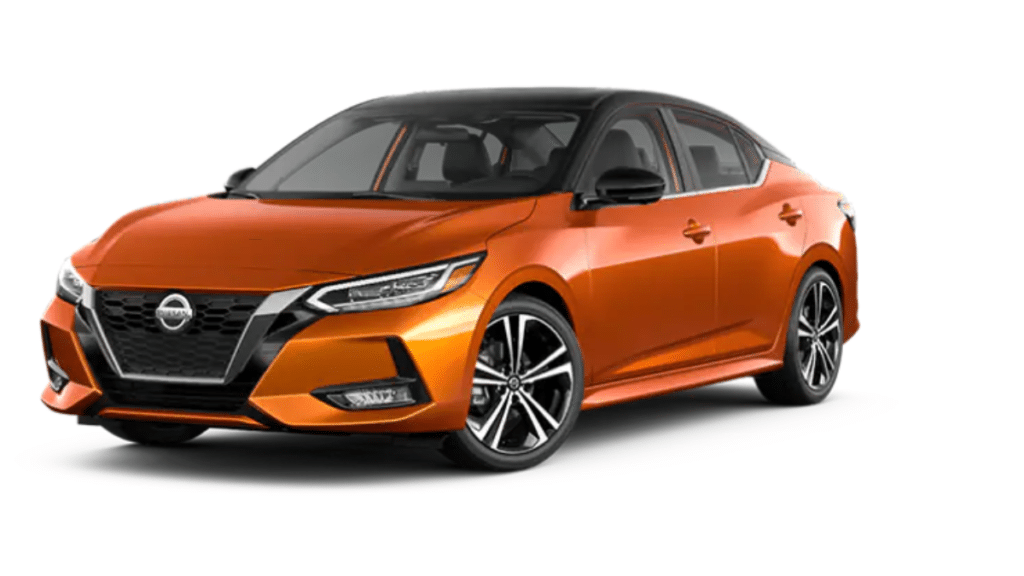
The Sentra’s passive driving style is one of its most significant drawbacks. One available powerplant is a continuously variable automatic gearbox (CVT) equipped with a 2.0-liter four-cylinder with 149 horsepower. The Sentra doesn’t have much get-up-and-go with that amount of power, which is less than most competitors. However, the Sentra’s agile handling, light, and sensitive steering compensate for the lack of zip. Even if the brakes are adequate, it seems like additional power would be helpful. Although the Elantra gets a good gas economy, competitors like the Civic, Corolla, and, notably, the hybrid Elantra outperform it.
Even though it isn’t the newest and finest, the Sentra’s interior looks and feels much better than some of its rivals’ vehicles. There is also plenty of space up front, but much like in the Versa and Kicks, Nissan gives the front passengers too much room, cramping the rear seat. Rear legroom is just 34.7 inches, compared to 38.0 inches in the Elantra and 37.8 inches in the Civic. The trunk of the Sentra, with 14.3 cubic feet, isn’t relatively “small,” but the Forte, Civic, and Subaru Impreza all offer bigger spaces.
The Sentra oddly lacks a native navigation option, and most valuable amenities are only available on the SV and SR grades. Still, it does boast a cutting-edge infotainment system that is simple to operate. Several active safety systems are also included with it, such as front and rear emergency braking, blind-spot monitoring with rear cross-traffic alert, lane departure warning, automatic high-beam headlights, and a driver alertness monitor. All trims except the primary edge have adaptive cruise. Even though its rivals have lifted the bar significantly, the Sentra’s styling, cost, and safety features still make it a good bargain.
Performance: Nissan Sentra
A 2.0-litre four-cylinder engine with 149 horsepower and 146 pound-feet of torque is used in all Sentra model levels to power the front wheels via a CVT. There are no alternative powertrains or all-wheel drive options. Nissan only competes with entry-level compacts in terms of performance since most rivals offer at least one performance trim and engine. Although the base-model Kia Forte only produces 147 horsepower and 132 lb-ft of torque, it outperforms its power; yet, the Forte is somewhat lighter and feels less sluggish to drive.
Zero-to-60 times may take longer than 9 seconds due to tepid acceleration, and passing on the highway can be noisy and prone to droning. In terms of straight-line speed, even the Forte and Jetta are quicker. It’s simply not much of a performer. Its steering is responsive, however. Even if the pavement may cause harsh bumps and bangs, driving is still nimble and enjoyable, even though it is nowhere as sharp as the Civic or the Mazda3. All other grades get disc brakes, but the basic S trim has rear drum brakes. They come to a confident, smooth halt with a decent pedal sensation.

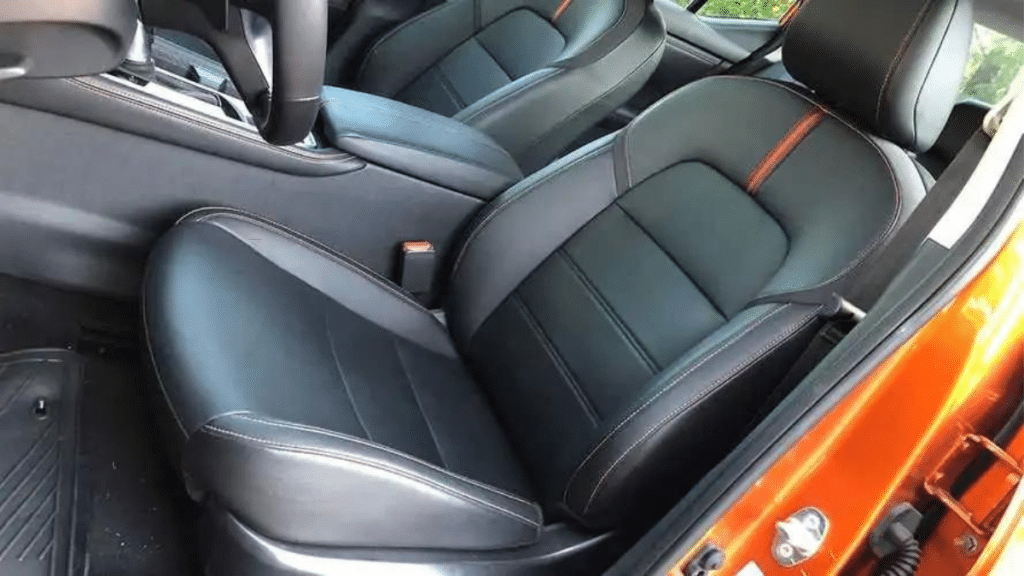
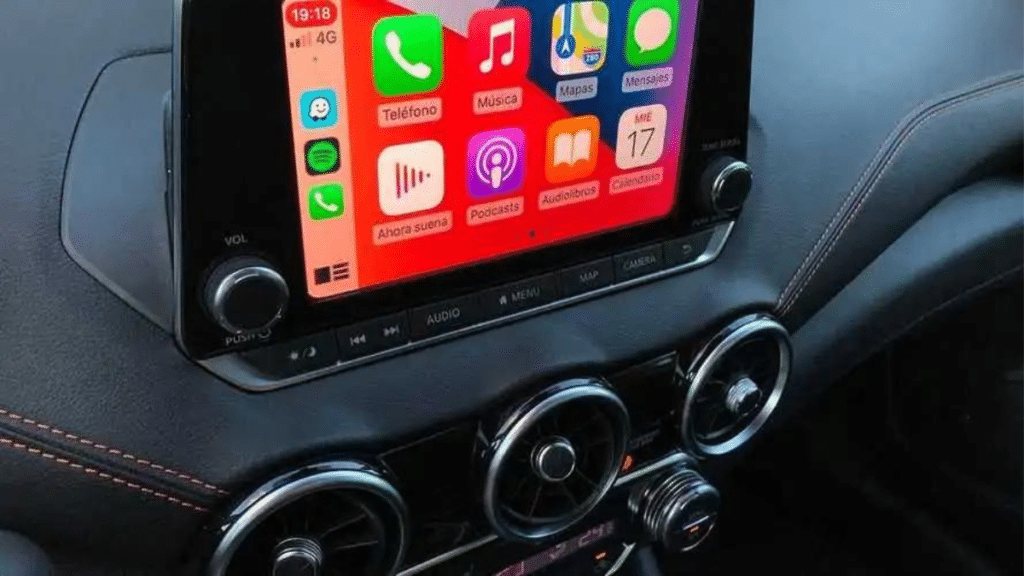
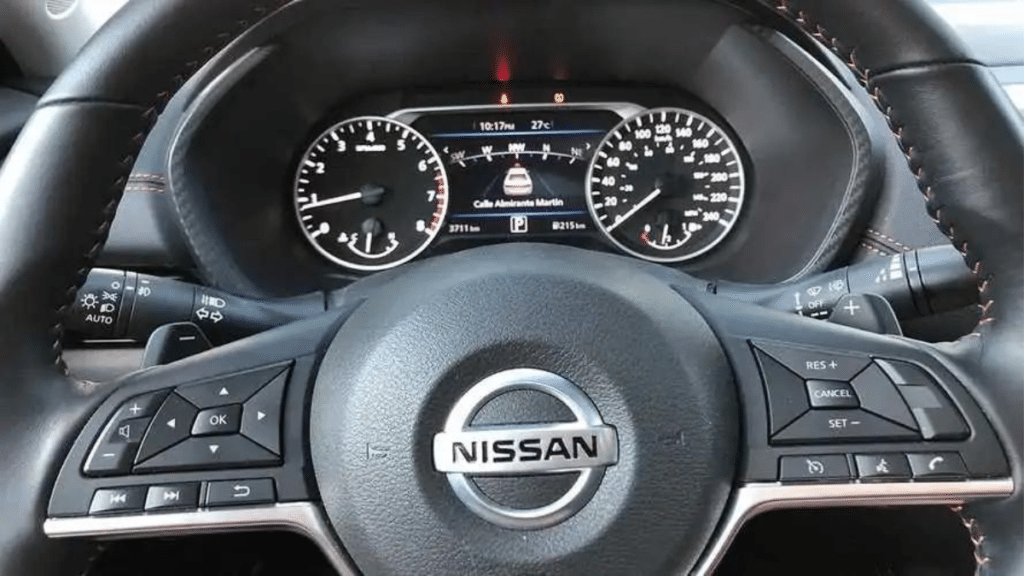
Fuel efficiency: Nissan Sentra
The EPA rates the Sentra S and SV models at 33 mpg combined (29 cities, 39 highways), whereas the somewhat heavier SR (which carries a lot more equipment) deviates by one mpg in each category. While it can’t compare to the hybrid Corolla and Elantra models, the Civic, Forte, and Jetta aren’t far behind. Additionally, the Sentra gets 2 to 3 more miles per gallon on average than the Impreza and Mazda3.
Safety & Driver Support
The Sentra was rated a Top Safety Pick by the Insurance Institute for Highway Safety (IIHS) last year and had the highest five-star crash-test rating from the National Highway Safety Traffic Administration (NHTSA). However, the Sentra does not get that distinction this year due to the increased regulations in 2023.
Ten airbags, forward collision warning, automated forward and reverse braking, blind-spot monitoring with rear cross-traffic alerts, lane departure warnings, automatic high-beam headlights, a driver alertness monitor, and the required rearview camera are all standard on all model levels. Then, adaptive cruise control is a feature of the SV and SR trims, while surround-view monitoring is a feature of the SR Premium Package, which is an add-on. This equipment is a fantastic value for Sentra’s low price, but Honda and Subaru also make adaptive cruise standards.
Comfort and Space
The front seats in the Sentra are comfortable and supportive, and they maintain this position even throughout lengthy excursions. The SV and SR grades come standard with cloth upholstery, but leather-trimmed or leather-look seats, heated seats, and a heated steering wheel are also available.
With 44 inches of legroom (best in class) and 38.9 inches of headroom (37.5 if you choose the sunroof), the front seats provide plenty of space, even for tall persons. LeBron James might want something more substantial, but most drivers will be pleased. The Civic has more headroom, but the Sentra outperforms the Forte and Corolla in this department.
The biggest issue with the Sentra’s interior is that Nissan’s substantial provision of front legroom may leave little room for back occupants. Only the cramped Corolla Hatchback has more rear legroom than the Sentra’s 34.7 inches, almost equal to the Corolla sedan. The Elantra and Civic have 38 inches of space in the same area. Despite being closer to the Sentra, the Mazda3 and Forte still have more significant freedom. Similarly, the car’s back headroom is 36.7 inches, whereas its competitors have more than 37.

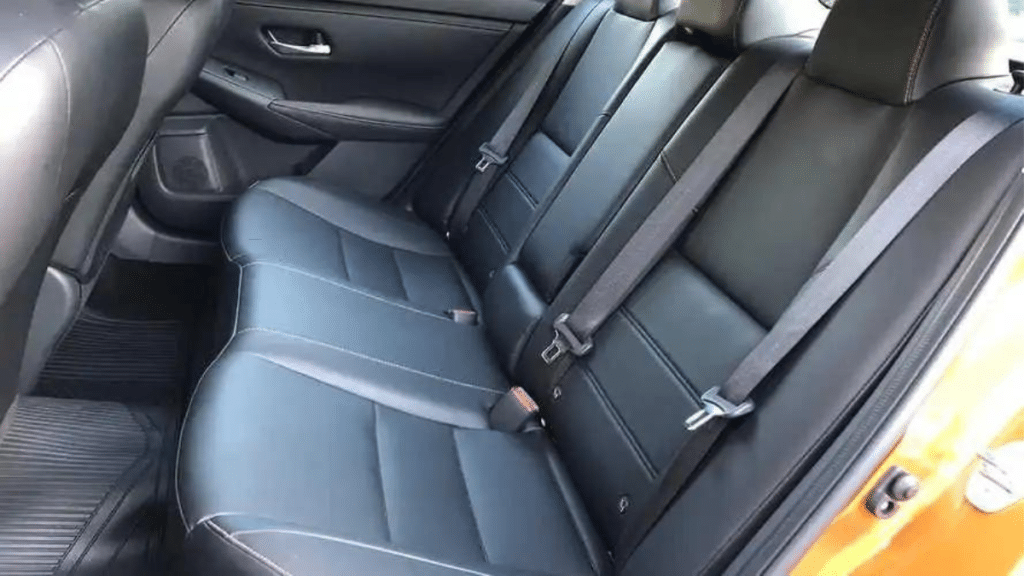

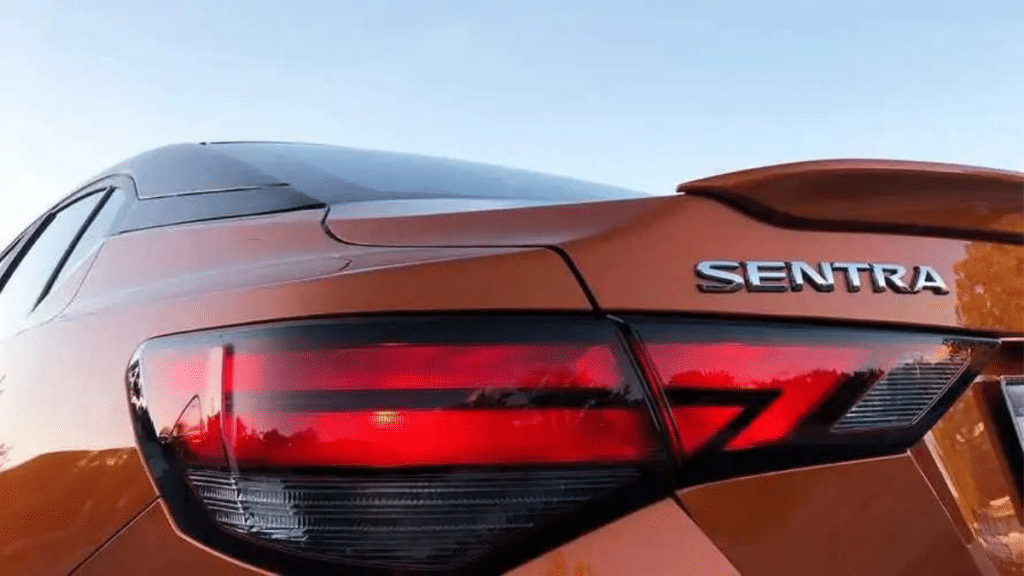
Infotainment: Nissan Sentra
The higher-specified Sentra SV and SR versions have an 8-inch touchscreen, while the essential Sentra S features a 7-inch device. The S has a single USB-A connector, but the SV and SR versions include two Type A and two Type C ports up front and a charge-only Type A port for the rear. The centre screen is simple to operate, with hard buttons to access the home menu, the audio system, and sliders for volume and tuning. Although a tad on the primary side, everything is simple to use, and both Apple CarPlay and Android Auto are available—though both need cords.
The six speakers and satellite radio from the four-speaker AM/FM system on the S trim are upgraded to eight speakers from a Bose system as part of the SR’s Premium Package.
There is no GPS, just as in the base-model Civic, so many drivers will use CarPlay or Android instead. But unlike most of its rivals, Honda provides its navigation system on higher-trim Civics, while Nissan does not offer it on any Sentra. Even on the highest specification with all the extras, there is no wireless phone connection or charging, albeit a Wi-Fi hotspot is provided.
Storage & Cargo Space:
The Sentra’s 14.3 cubic feet of trunk space is larger than the Corolla’s paltry 13.1 and the Mazda3 sedan’s 13.2 cubic feet. While somewhat higher than Jetta’s 14.1 cubes, it still ranks in the middle of the pack for its class. The Civic sedan delivers 14.8 cubic feet, the Kia Forte 15.3, but all of these sedans fall short of the Civic hatchback and the 2024 Subaru Impreza, which is now available exclusively as a hatchback. Although both body types cost more, they provide the same cargo versatility level as a compact crossover.
With two open bins in the console, two spacious cupholders, and a closed centre bin that serves as an armrest, the Sentra has enough small-item storage.

Design: Nissan Sentra
One of the Sentra’s primary virtues is its sense of style, which looks good on the inside and exterior. The Sentra’s chiselled, sleek appearance might easily pass for the larger, more costly Altima, and the vehicle’s low, slender proportions and attractive wheel designs give the impression that it is more significant than it is. The SR Midnight Edition, which comes with black 18-inch wheels, black badges, and a black-painted grille, spoiler, and rear diffuser, is an option for those who prefer darker exterior accents. Still, the Sentra looks best in the vibrant two-tone colours available on the SV, particularly Electric Blue Metallic or Monarch Orange Metallic.
The Sentra also has a far more premium interior than its MSRP would indicate. It is made with high-quality materials and has attractive aesthetics that are all well-fitted and finished. The styling features include a standard flat-bottom steering wheel, three easily operable centre vents, and orange contrast stitching on the SR trim. Even the entry-level model doesn’t seem “basic.”
Is the 2023 Nissan Sentra Worth it?
Whatever your opinion of Sentra’s performance, it is a good value. Because a loaded Versa won’t cost much more and will come with extra equipment, as would a comparably equipped Kia Forte, we’d forego the base-model S, which begins at $21,145 (with a $1,095 destination charge). The SR ($22,365) and SV ($24,035) are cost-effective vehicles offering tangible improvements above the S.
The SV is priced just above the Jetta and somewhat below the Corolla, but it feels better than either. It doesn’t seem like it’s lacking anything compared to these rivals, thanks to its increased amenities above the S. Although Elantra’s basic model is more spacious and costs about the same, not everyone appreciates its divisive style. The SR is available if you want more equipment and the fanciest colours, but this is the most excellent bargain in the collection.
The SV Premium Package, which costs a hefty $2,495 and offers the most excellent features, is the package that gives this top model the most cosmetic customization options, including the $695 Midnight Edition package. These upgrades include LED headlights, a power driver’s seat, heated front seats, a heated steering wheel, a Wi-Fi hotspot, a Bose sound system, a power sliding sunroof, and surround-view monitoring. Although it provides a pleasant ride, the Sentra’s price of almost $27,000 appears high compared to the Civic EX and Elantra Limited.
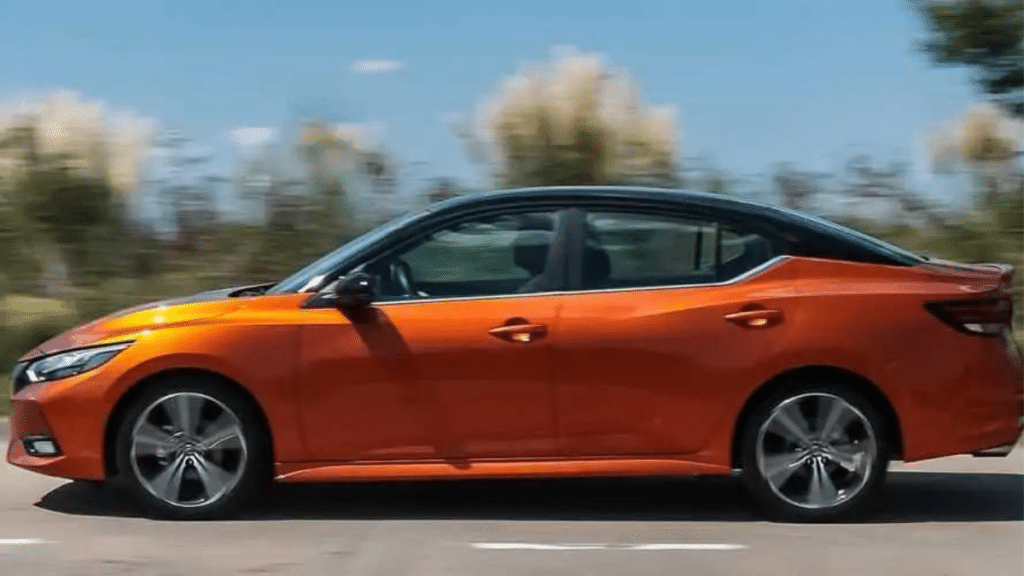



How Much Does the Nissan Sentra Cost to Insure?
Like its competitors, the Sentra has a similar insurance cost. A typical 30-year-old female driver with a clean driving record may anticipate an average yearly premium on a Sentra SR of $2,169, but this moderate covers all 50 states. In contrast, the Kia Forte LXS costs $2,150, the Honda Civic EX Sedan costs $2,102, and the Toyota Corolla LE costs $2,117.
Verdict
The 2023 Nissan Sentra seems much more costly than it is, largely thanks to its flowing, charming appearance and equally stylish interior. It also has a good quantity of active safety equipment and quick, accurate handling. Those are fantastic components at the Sentra’s meagre price, just slightly more than Nissan’s bargain-bin Versa. However, the Sentra isn’t fun to drive and lacks vital conveniences, such as a wireless phone connection and GPS. Additionally, it has very little backseat room in a market where rivals like the Honda Civic and Hyundai Elantra provide more spacious backseats than before. However, the Sentra is a good deal for people searching for straightforward, secure, and fashionable transportation at this cheap cost.
Nissan Sentra Models
Eighth Generation
2020 to Present
With a new base, a more powerful engine, a CVT as standard equipment, and a total makeover of the external and interior appearance, the eighth-generation Sentra debuted for the 2020 model year. Across the board, a slew of standard safety technologies was also installed.
Seventh Generation
2013 to 2019
For the 2013 model year, Nissan launched the entirely revamped seventh-generation Sentra. It had a supple aerodynamic style reminiscent of Nissan’s previous sedans.
Sixth Generation
2007 to 2012
Nissan’s portfolio in North America was altered with the release of the sixth-generation Sentra. Nissan, which has expanded over time, debuted the tiny Versa as its entry-level bargain car and enhanced the Sentra.
Fifth Generation
2000 to 2006
When Sentra’s facelift debuted for the 2000 model year, it entered the “compact” category. Compared to the fourth-generation vehicle it replaced, which felt cheap, this makeover significantly improved. In 2001, the SE-R made a comeback as a four-door vehicle.
Fourth Generation
1995 to 2002
The fourth-generation Sentra, which debuted in 1995, was redesigned with a jellybean-like aerodynamic look and eliminated all body types save the sedan. The two-door Sentra evolved into a separate vehicle that carried the 200SX moniker, which was once reserved for a rear-wheel drive performance coupe. That model likewise superseded the NX. Sentra SE-R was dropped from the lineup.
Third Generation
1990 to 1994
The Nissan NX superseded the sports coupe while the three-door hatchback coupe and station wagon forms were retired. The original Sentra SE-R, the most excellent handling and thrilling Sentra, debuted for the 1991 model year. The SE-R made all the other Sentras, premium, family-focused compacts, appear more appealing, with 140 horsepower and handling suited for the track, still with square-rigged style, but with softer edges.
Second Generation
1987 to 1989
The second-generation Sentra brought a performance coupe with a specifically designed hatchback body to the range while maintaining hatchback and station wagon options for the other body types. This iteration kept elements of the first’s powertrains, notably a seldom seen diesel variant and its agile four-wheel independent suspension. Briefly, all-wheel drive was an option for the second-generation Sentra.
First Generation
1982 to 1986
As a straight successor to the well-liked Datsun 210, the first generation Nissan Sentra debuted in the United States for the 1982 model year. It was offered in four body types: a three-door hatchback coupe, a five-door wagon, a two-door sedan, and a four-door sedan. The Sentra was the second vehicle to debut with the Nissan moniker after the Stanza, and it utilized a name rather than a number.




